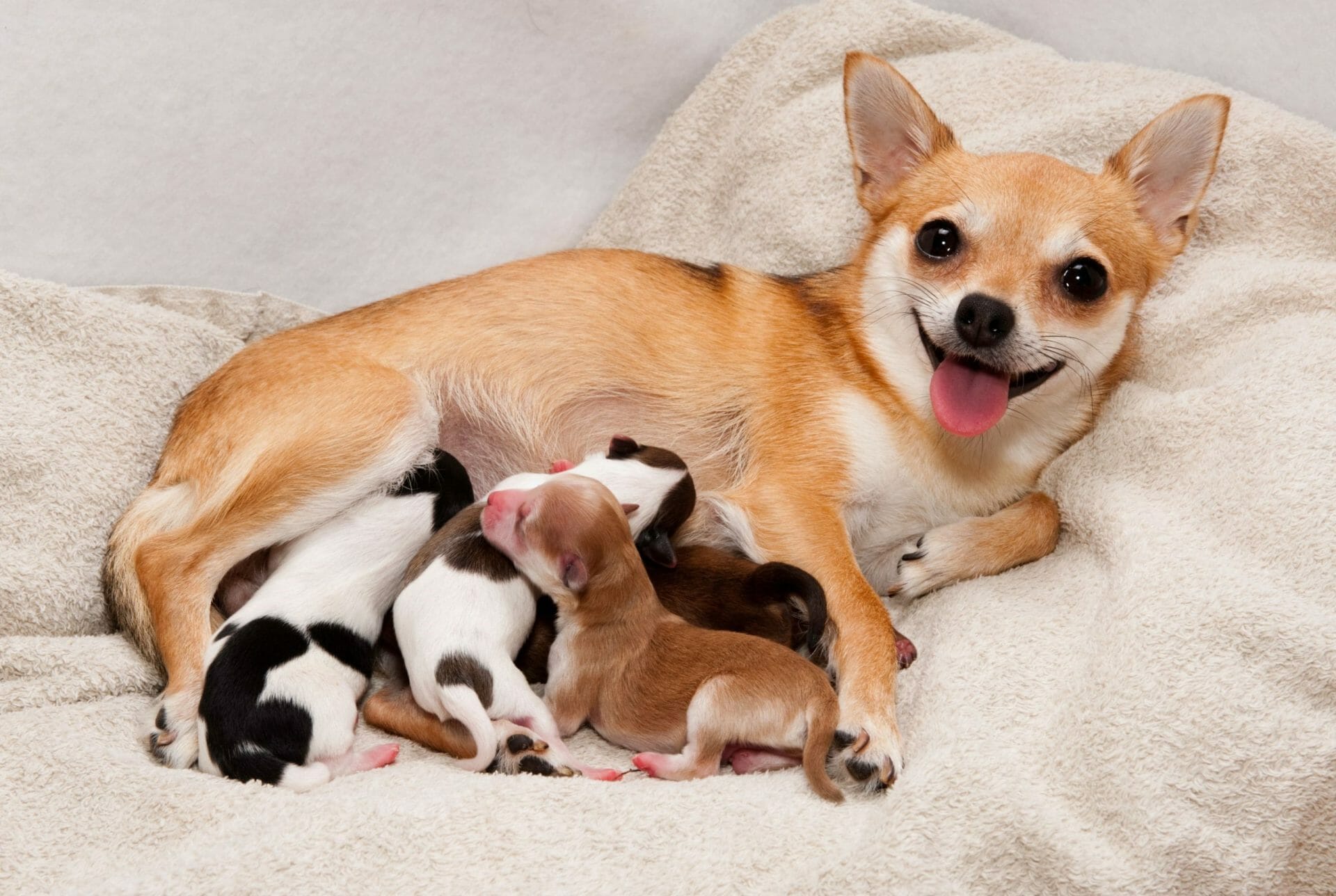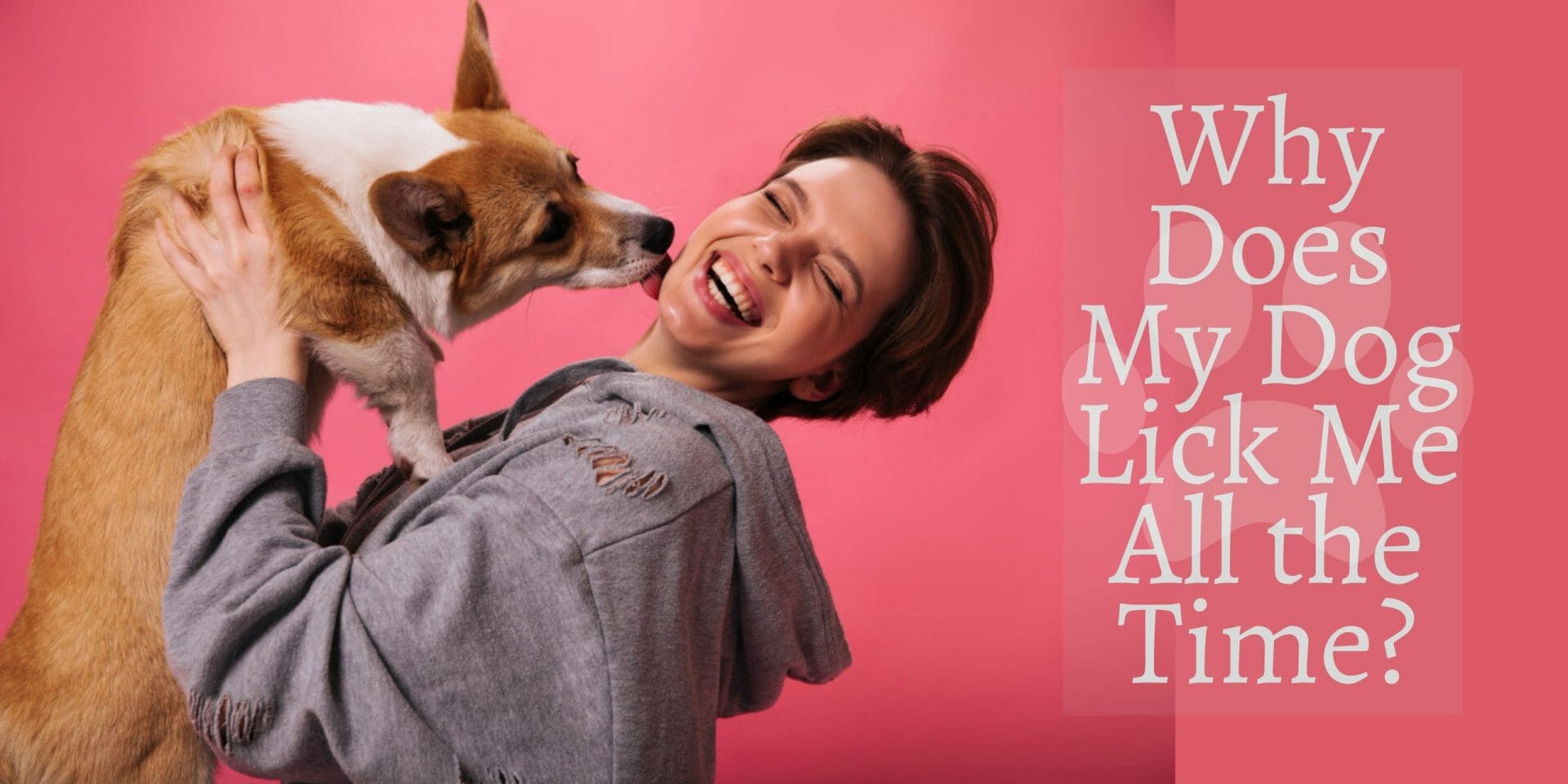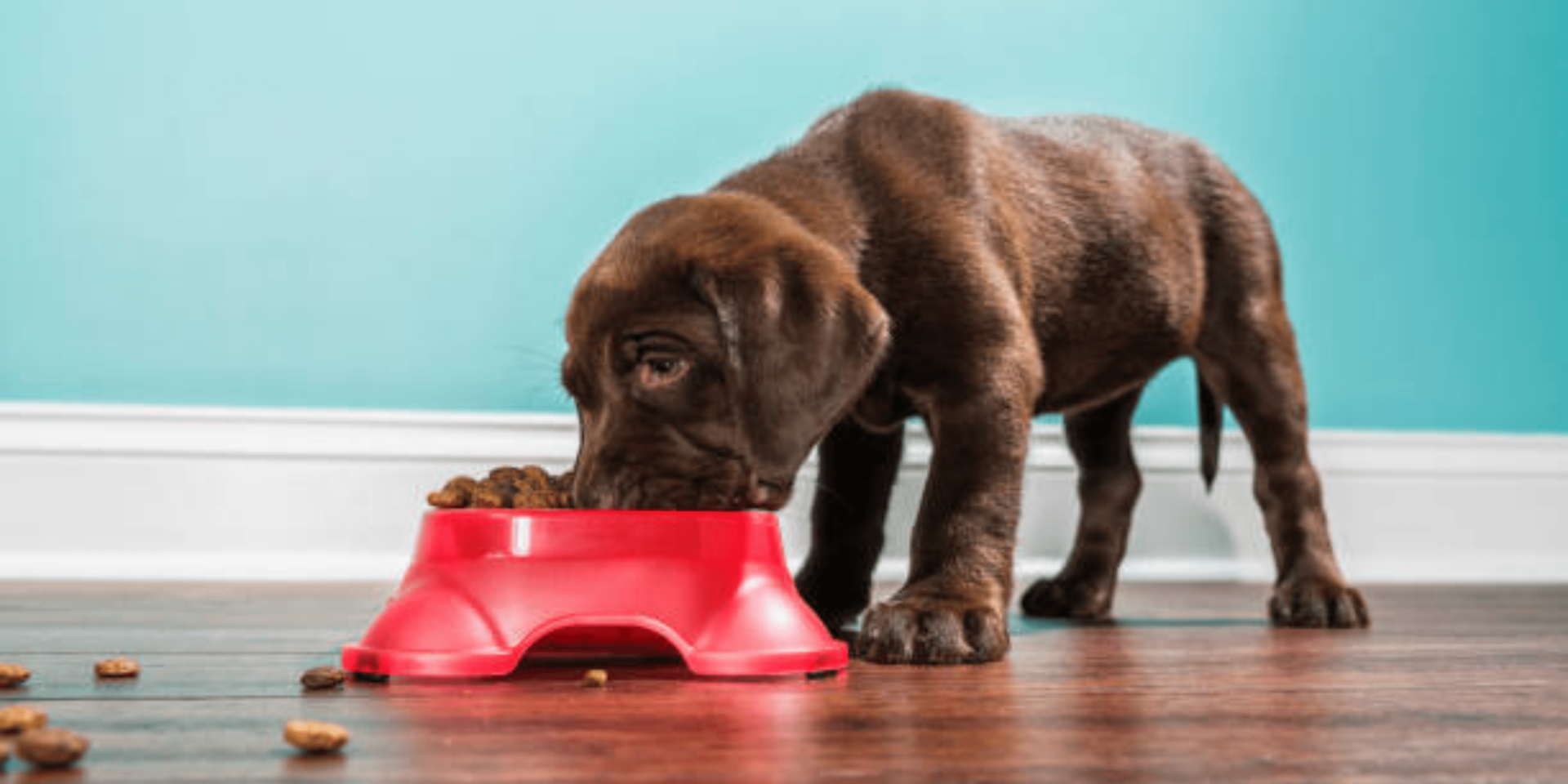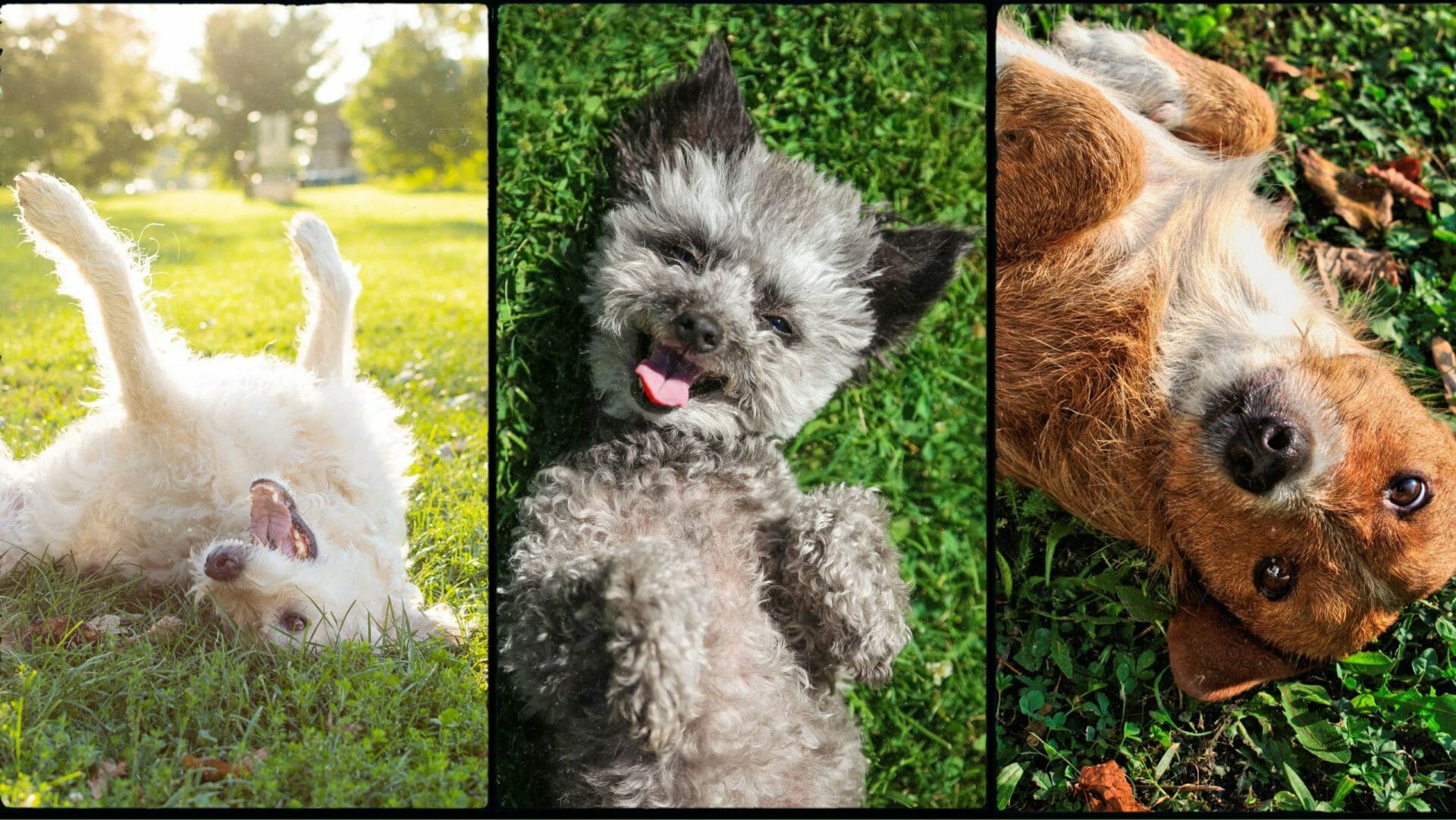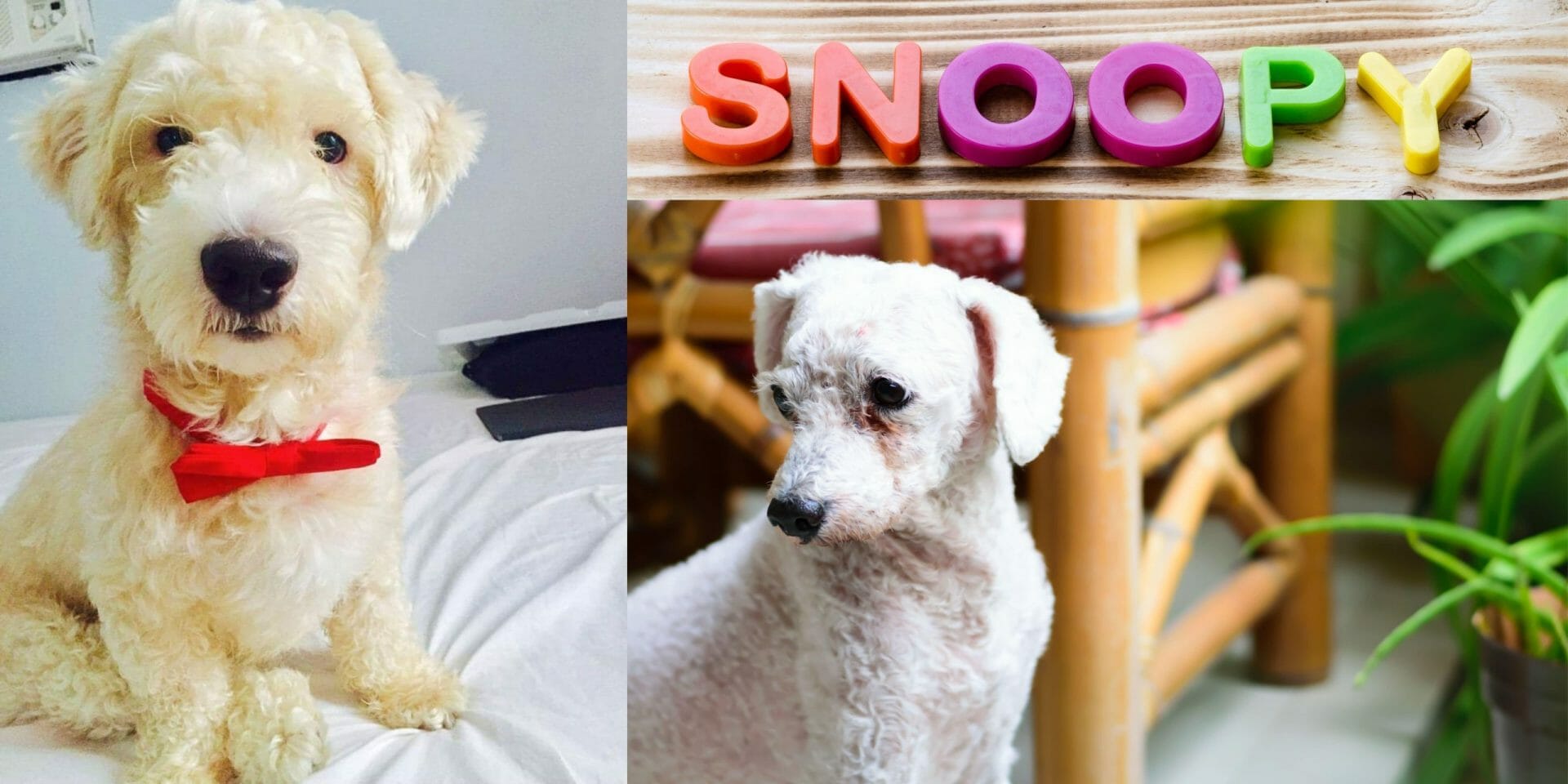How Many Nipples Does a Dog Have?
Dogs have between 8 and 10 nipples on average, but they can have between 6 and 12. The nipples usually come in pairs, i. e., an even number, although sometimes female dogs have an odd number of nipples, this is because sometimes one of them did not develop properly.
It should be highlighted that the dog’s breed or size does not have anything to do with the number of nipples they have. And you may be wondering why dogs have so many nipples, and the answer is simple: because they have many puppies, depending on the size, they can have from 2 to 10 puppies. In this way, the female dog can feed all of them.
What Color and Size should a Dog’s Nipples be?
Dogs, both female and male, have nipples in the chest and belly area. You will notice that these nipples are very small, much like a bumpy wart, and are rounded in shape. If your dog has short hair, you will notice his nipples quickly; however, dogs with long hair have more hidden nipples.
On the other hand, the nipples in female dogs tend to change in size when they are nursing their puppies due to milk production but will reduce when the puppies are no longer dependent on the mother.
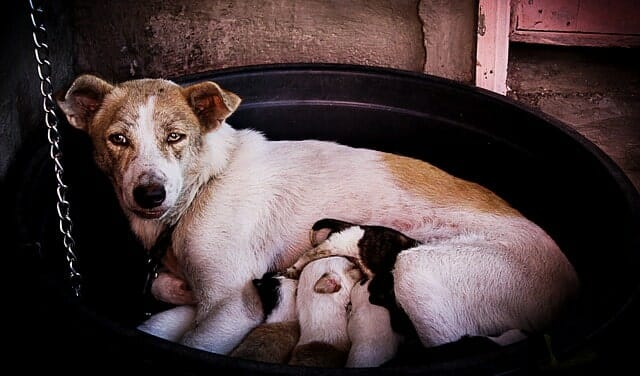
As for the color of the nipples, generally, they tend to be pink with whiter tones, and also, there are dogs with darker nipples depending on their breed and coat color. However, it is important that you pay attention to your dog’s nipples since if you notice that any of them are darker in color, it could be an infection. For added peace of mind, take your dog to the vet for a checkup.
Can a Dog have 9 Nipples?
Yes, there are dogs that have 9 nipples, since, although in principle they go in pairs (they are symmetrical), sometimes the tenth nipple does not develop well.
But it is also possible that your dog has only 7 nipples. This means that a male or female dog can have an odd number of nipples.
Can Dog have 8 Nipples and then Go Down to Only 6?
No, that’s not possible. The number of nipples in a dog is constant throughout its life, whether it has puppies or not, breastfeeding or not, young or old.
If you think that your dog has varied in the number of it, then that is not normal. You should take your dog to the vet for an examination.
Hypertrophic Nipples
Hypertrophic nipples are simply nipples that reach a size larger – sometimes much larger – than normal.
These nipples occur mainly in female dogs, although they can also occur in some males, although they are usually smaller.
The breed is also important since they can be seen frequently in certain breeds such as bloodhounds and in others, it never appears, such as podencos, which indicates that it is likely that they have a genetic basis. You need to pay attention if your dog sleeps on hard surfaces because it can influence its appearance.
These big nipples have two problems. The first is reproductive since some become so large that newborn puppies cannot suckle from them since they exceed the size of their mouths. This means that part of the breast will not be functional and the puppies cannot have their food during lactation.
On the other hand, they often become a problem when hunting. These nipples hang a lot and constantly rub against the floor, so they are always irritated, inflamed, and bleed, which causes a reaction by the tissue that increases their size, causing them to grow even more.
Large nipples are not a pathology, they are rather a characteristic, but since they become a problem when going out to the streets, sometimes it is necessary to propose a solution. Whenever possible, keeping the nipple is best, but when it is constantly damaged, it can be considered surgical removal.
In general, it is a simple procedure and does not require a long postoperative period, although the function of a section of the breast is lost during the lactation of the puppies.
It is important to differentiate these nipples from breast tumors. With mammary tumors, a totally different policy is followed, they should always be removed and the dog closely monitored.
The main difference between a hypertrophic nipple and a breast tumor is the hardness of the tissue. While the former is soft and flaccid, the tumors are hard and firm.
Mastitis in Dog’s Nipples
This inflammation in the breast tissue can cause pain, heat, redness, fever, and even chills. In addition, sometimes it can also cause infection and alter the shape of the nipple or breasts.
To achieve an accurate diagnosis of mastitis, it is necessary to evaluate the clinical history of the animal and perform different diagnostic tests. In addition, it must be taken into account that mastitis usually appears during the postpartum period, pregnancy, and even, sometimes, during psychological pregnancies.
Some of the clearest symptoms that show mastitis in dogs are:
- No weight gain of the puppies since they depend directly on the quality of the mother’s milk (due to the pain that the mother feels, she stopped feeding them).
- Inflammation in the localized area.
- Hemorrhagic secretions
- Pain, ulcers, and hardening of the breasts.
- Formation of abscesses and glandular gangrene.
It is important to establish an accurate diagnosis and for this, it is necessary to carry out some complementary tests such as microbiological cultures of breast milk, ultrasound of the mammary glands, and laboratory tests. In addition, it is common for the color of the milk to be altered and painful glands to be felt in the area.
Mastitis is a disease that affects not only the dog that suffers it but also the litter. Therefore, the established treatment must act quickly so that the puppies can begin to acquire the necessary nutrients as soon as possible. On the other hand, it is important to consult with a veterinarian if it is advisable or not to continue breastfeeding after the mastitis cure, otherwise, you should help by feeding the puppies with a bottle every 3 hours and with formula milk.
Related Posts
- How Many Nipples Does a Dog Have?
- Why Do Dogs Roll in the Grass?
- Why Do Dogs Howl at Sirens?
- What Kind of Dog is Snoopy?
- Why Do Dogs Lick Your Feet?
- Best Pet Monkey Breeds You Need to Know
- 15 Best Pocket Pets for Companionship
- 20 Awesome Brown Cat Breeds You Should Know
- Why Does My Dog Lick Me All the Time?
- How Long Does a Cat Hold a Grudge?
